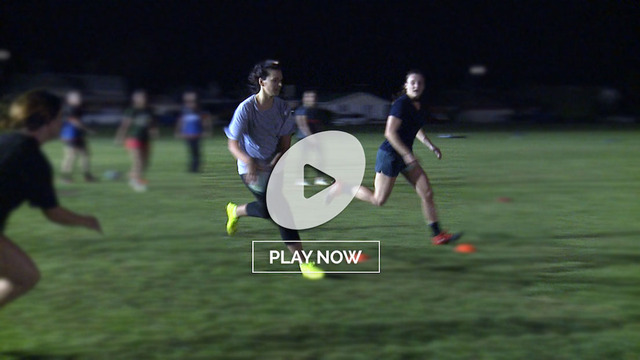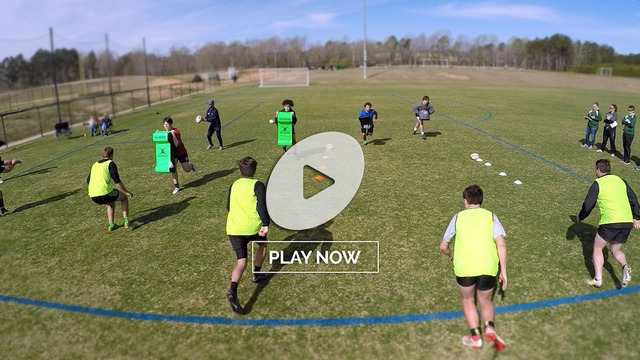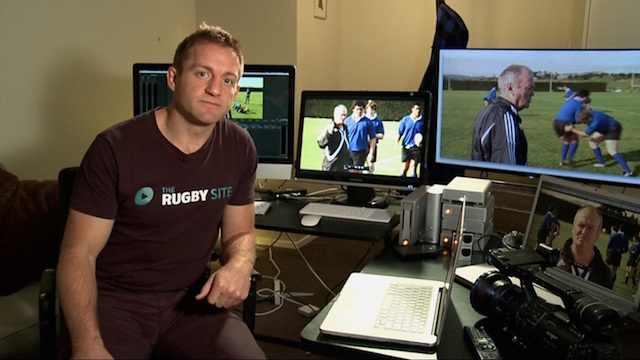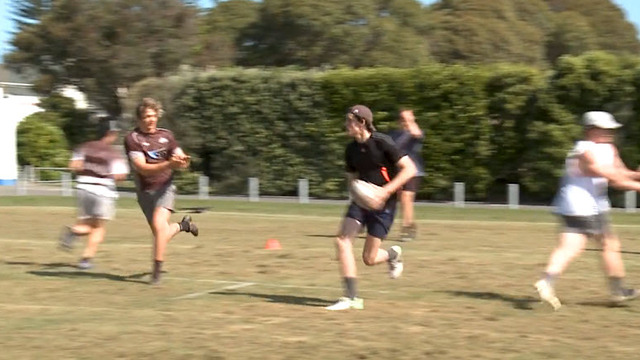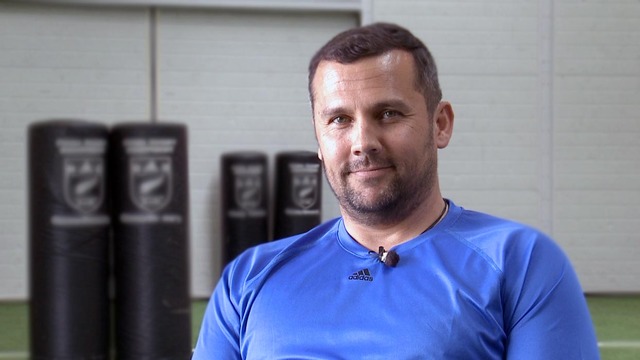Is it time for the 6 o’clock pass to return?
Black Ferns’ coach Wesley Clarke’s excellent series on basic catch-and-pass technique, explores the relationship between individual passing technique and the ability to open up the width of the field on attack.
In the course of his series, Wesley discusses the importance of staying square to the defence while making the delivery and being able to pass equally well in both directions.
His sessions are designed to enable his female students from the Manawatu Turbos to push the ball across the body effectively using the triceps rather than the biceps. This can be called ‘passing by extension’ (by extending the shoulder and arm) rather than ‘passing by rotation’ – swinging the shoulders around and rotating the forearms towards the receiver.
There can be a huge amount of difference in the amount of real attacking space the two techniques create on the field. They can also be associated with the longer roll or spin pass (rotation) or the shorter ‘six o’clock pass’, where the ball is delivered by extending the arms and pushing the ball across the body without any spin at all (extension).
A significant article on this topic was penned by former England coach Brian Ashton on The Rugby Site many years ago, but it is still just as relevant today as it was then!
The difference is particularly evident in women’s rugby, where the shoulders and biceps of the players tend not to be as highly-developed as they are in the men’s game. This opens up possibilities for the women which the male version of rugby often neglects.
The contrasts were highlighted by the recent game from the Women’s Six Nations tournament between France and England in Paris. While France dominated the breakdown and set-pieces, England were the more effective attacking team of the two, particularly on left-to-right movements. These (coming off the ‘wrong’ hand for most people) tend to be the most reliable guides to the effectiveness of individual passing technique.
France struggled with their ‘rotational’ spin-pass technique throughout the match:
In this example, French full-back Jessy Tremouliere is trying to locate her right wing in some space down the right side-line. In order to do so, she sets off all of Wesley Clarke’s passing alarms. She turns her shoulders in the direction of the target and ‘swings’ the pass around. Her action not only results in inaccuracy on the delivery, it actually drags the defenders towards the space she wants to exploit:

As Brian Ashton puts it in his article, “Because of the technical nature of the pass – Grip , Delivery and Receipt there is a tendency to buy time and space by both passer and receiver. Therefore we see attacking set ups standing wider and deeper in order to move the ball to the edges of the playing area. Runners often drift sideways and slow down to deliver the ball and at speed the tiniest inaccuracy is magnified."
The process was repeated later in the second half:
Once again there is a noticeable pause as the French first receiver re-grips the ball and delivers the spin-pass. The shoulders swing around and drag the defence up on top of the second attacker, who has no chance to do anything other than make an error.
The end product can be viewed in this full-width attack from behind the posts:
All the attackers are standing wider and deeper, all are pausing to re-grip the ball before passing it on, and all are running sideways while doing it. The result is no space on the edge at all.
The left-to-right England attack looked far crisper and more fluent, especially when the England number 10 Katy Daley-McLean was at first receiver. England scored an excellent try in the 8th minute derived simply from staying square and pushing the pass end-over-end, with their backs and forwards both proving equally adept at performing the technique.
The two key passes in the sequence both hold the defenders in front of the passer rather than dragging them into the target area for the attack:


In the first screenshot, Daley-McLean’s feet remain square to the defence as she passes, and this has the effect of drawing all the defensive eyes towards her. In the second, tight-head prop Sarah Bern also remains square to the defender in front of her, before (like McLean) delivering a six o’clock pass to the player outside.
As Brian Ashton points out in his article, “the shape of the ball into the receiver’s hands allows him/her to move ball on more confidently under pressure and play closer to the defence. The shorter passing length pulls players more into a direct, confrontational running mode which attracts the attention of individual defenders and can open space elsewhere.”
This was not the only occasion in the first half that excellent individual passing technique had a larger impact on the ability to create and maintain space:

There is not much space to play with here, but Daley-McLean’s foot positioning and extension passing will ensure that she makes the most of it!
When the France defence began to over-read the pass and worry about the space outside, she proved to be eminently capable of taking the gap that her technique of giving-and-receiving the pass had created:
Summary Wesley Clarke’s series on catch-and-pass and Brian Ashton’s old article on the six o’clock pass are best read in conjunction, in order to reap the maximum benefits from both.
The modern obsession with the roll or spin pass, can often lead to faulty individual technique and over-reliance on ‘rotation’ – using the bicep or shoulder muscles to generate momentum, often aided by turning or even running towards the receiver. Real attacking space often evaporates in this scenario. Passing off the left, or generally weaker hand can often tell the tale in this respect.
It is perhaps no coincidence that Wesley Clarke coaches the Black Ferns. The women’s game often appears to be more advanced in terms of its passing technique than its male equivalent.
The England attack against France proved particularly effective in its use of ‘extension’ and end-over-end passes going towards the right side-line, and I believe that there are concrete lessons for the men’s version of the game to learn from female sophistication in this area.
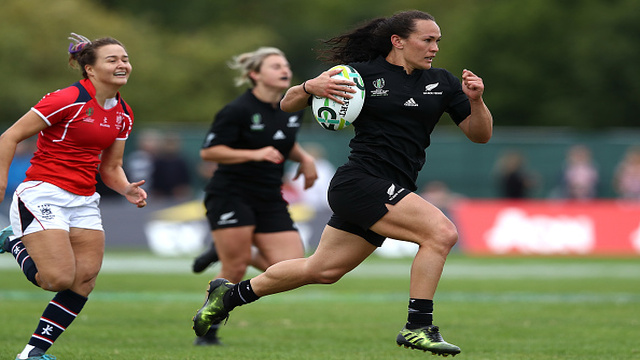


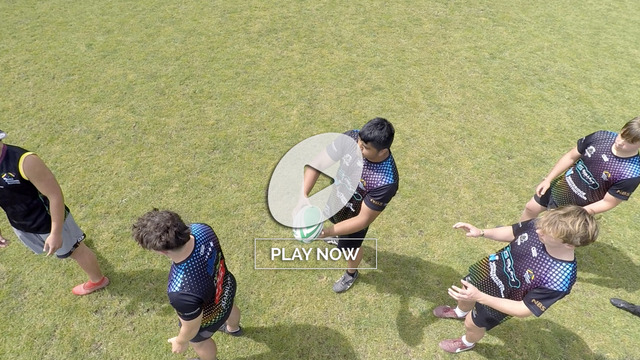
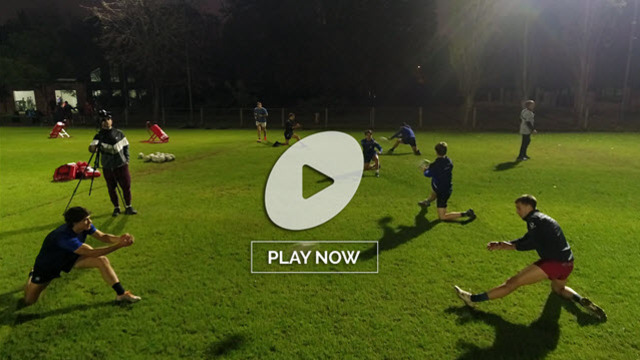


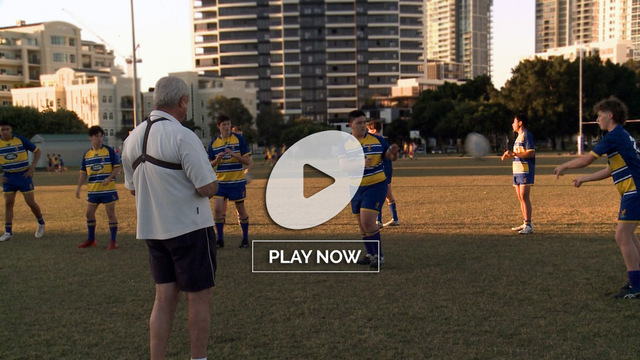
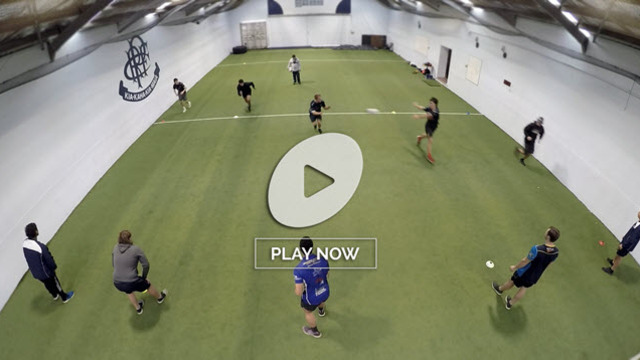

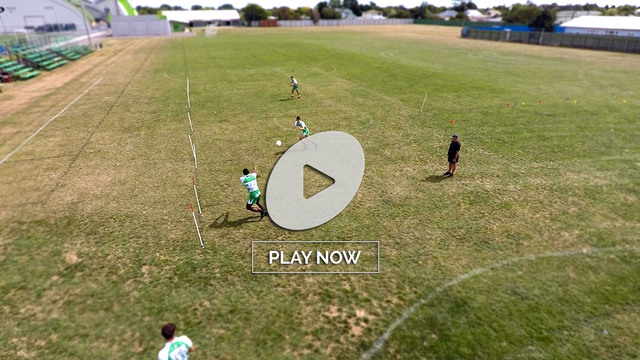

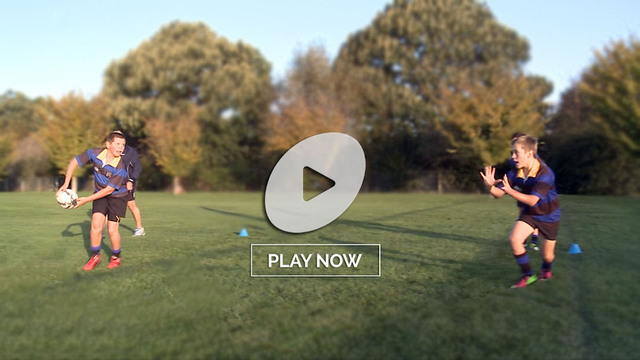
.jpg)
